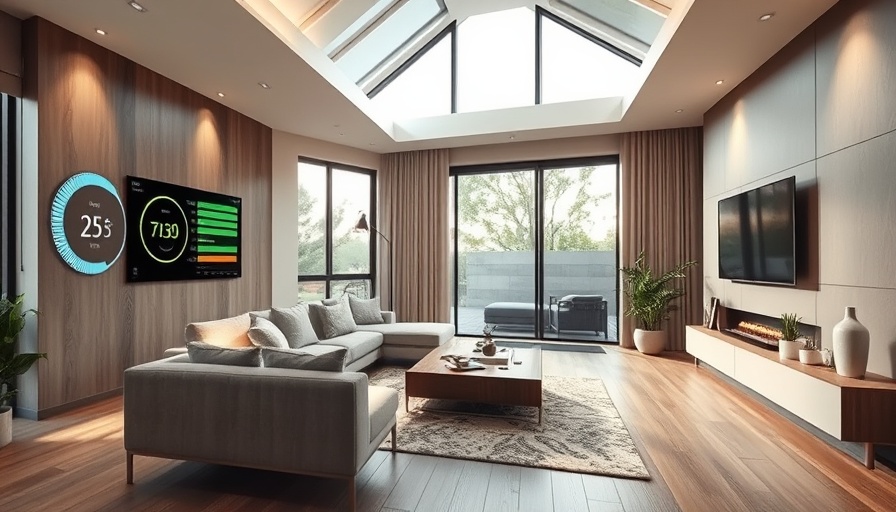
Understanding Temperature Differentials in High-Performance Homes
In the quest for energy efficiency and comfort, one of the pressing challenges homeowners face is managing temperature differentials within their high-performance homes. A troubling 5-degree temperature difference in various areas can lead to discomfort and increased energy costs. This article offers insights into potential causes of this temperature discrepancy and the measures that can be implemented to mitigate it effectively.
Key Factors Contributing to Temperature Inequities
Temperature discrepancies often arise from factors such as inadequate insulation, improper HVAC system design, and insufficient sealing of air leaks. High-performance homes, while designed to optimize energy use, can still experience these issues if not constructed or maintained correctly. Any gaps in insulation or air barriers can lead to thermal bridging, where heat escapes or enters in unexpected places, leading to unwanted temperature variances.
Actionable Strategies for Mitigating Temperature Differences
Addressing temperature differentials begins with a thorough assessment of the home’s insulation and sealing. Homeowners should consider hiring professionals to conduct a blower door test, which helps to identify air leaks. Sealing these leaks and ensuring that insulation meets proper R-values for the local climate are crucial steps.
Additionally, optimizing HVAC systems is a vital measure. This includes ensuring that ductwork is well-insulated and free from leaks, as well as verifying that heating and cooling units are appropriately sized for the home’s square footage. Utilizing advanced smart thermostats can further enhance thermal comfort by allowing for more precise temperature control in various areas of the home.
The Role of Smart Home Technology in Temperature Regulation
Incorporating smart home technology can also significantly impact energy efficiency and comfort levels. Intelligent thermostats that learn user behavior, alongside advanced zoning systems, can help in fine-tuning temperatures by adjusting settings based on occupancy and time of day. This not only creates a more comfortable living environment but also minimizes energy waste.
Future Trends in Home Temperature Management
Looking forward, we can expect further innovations in building materials and temperature regulation technologies. Emerging materials aim to enhance insulation without adding excess volume, while developments in AI can offer predictive analytics to optimize energy use based on real-time environmental factors.
As the demand for high-performance homes grows, so will the need for efficient solutions to temperature management, driving continuous improvements in technology and construction practices.
Conclusion: Embracing Innovation for Better Living
In conclusion, understanding the reasons behind temperature differentials in high-performance homes opens the door for various impactful solutions. By employing comprehensive assessments, sealing leaks, optimizing HVAC systems, and adopting smart technology, homeowners can create a more comfortable and energy-efficient living environment. As technology continues to evolve, staying informed about innovative practices can lead to more sustainable and enjoyable homes.
 Add Row
Add Row  Add
Add 






Write A Comment